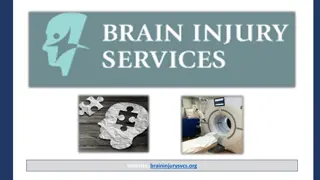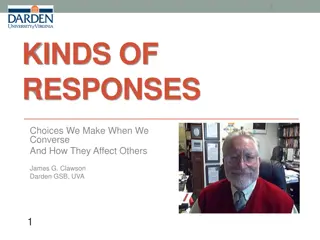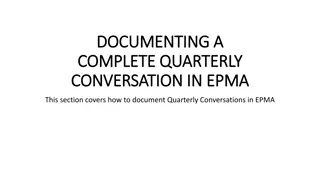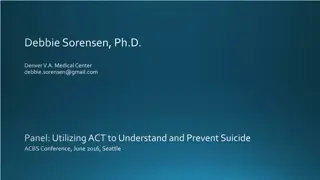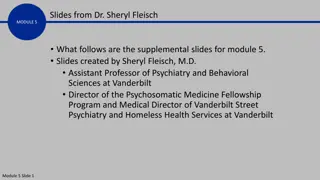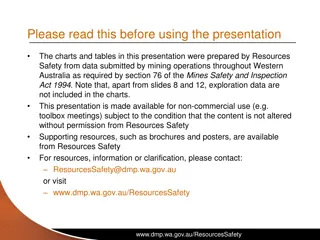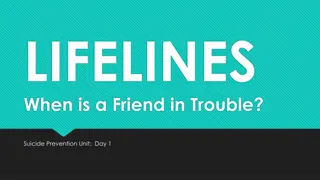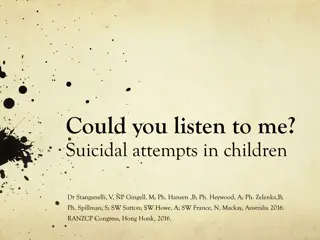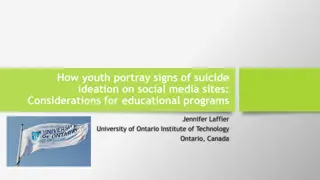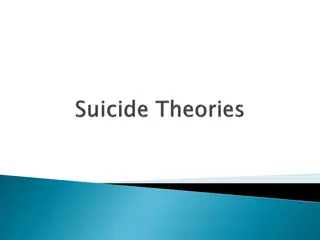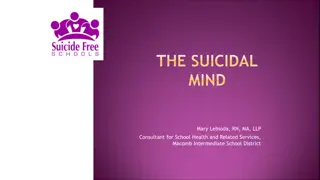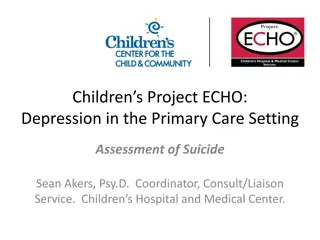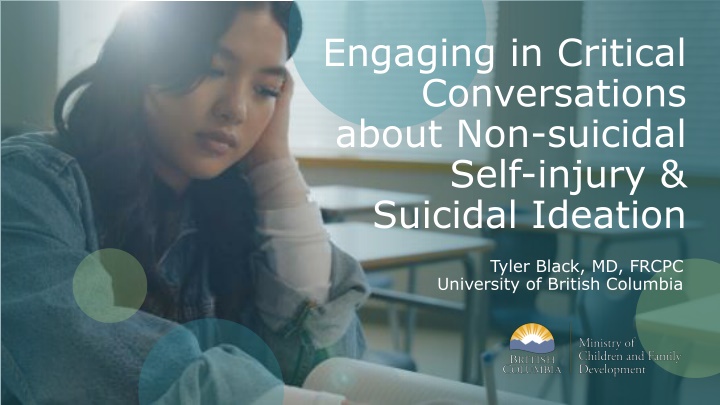
Effective Strategies for Engaging in Critical Conversations about Self-injury and Suicidal Ideation
Learn the CALM approach - Cooperate, Accept, Listen, Mirror - to initiate helpful conversations about non-suicidal self-injury and suicidal ideation. Discover practical strategies, tips for creating conversations, and the importance of talking about mental health with young individuals.
Download Presentation

Please find below an Image/Link to download the presentation.
The content on the website is provided AS IS for your information and personal use only. It may not be sold, licensed, or shared on other websites without obtaining consent from the author. If you encounter any issues during the download, it is possible that the publisher has removed the file from their server.
You are allowed to download the files provided on this website for personal or commercial use, subject to the condition that they are used lawfully. All files are the property of their respective owners.
The content on the website is provided AS IS for your information and personal use only. It may not be sold, licensed, or shared on other websites without obtaining consent from the author.
E N D
Presentation Transcript
Engaging in Critical Conversations about Non-suicidal Self-injury & Suicidal Ideation Tyler Black, MD, FRCPC University of British Columbia
C.A.L.M. Approach C Work together with them and be with them in their distress, rather than pulling or pushing them to do something. cooperate A accept L listen M mirror Be non-judgmental as suicidal thinking often comes with guilt, self-criticism and judgment, and any further judgment will make this much worse. Listen more than speak and resist advice giving, which can make young people feel judged, scolded, and unheard. Ask, don t tell. Validate and acknowledge because this is the most common thing youth who have had suicidal thinking have told us they wanted when they reached out.
Creating the Conversation HELPFUL UNHELPFUL Cooperative Not Cooperative What would you like to do next? OK here s what we re going to do Is there anything you need right now? You need to get off of social media right now. I m here with you. Accepting You need to Not Accepting I believe you and thank you for telling me. You can t be! You have everything you need. I understand why you re worried about them. Your friends are such a bad influence. I care about you, the you that you are. Listening It s just a phase, you re not really Not Listening Do you notice anything that makes it worse? You need to just let go of things. Do you notice anything that makes it better? You need more exercise. Tell me more, if you d like? Mirroring I can t listen to this. Not Mirroring That must be really upsetting. But what they say doesn t matter! They re really important to you, and it hurts. They re bad for you, you should ignore it. It really sounds like you re so overwhelmed. You re stronger than this.
Strategies For The Conversation Ease Into Discussion: Start with general health and wellbeing questions before moving to more sensitive topics. Normalize and Scale: Use normalizing statements (e.g. sometimes people or I ve had some students that ) to reduce feelings of isolation Use scaling questions (e.g. if 0 is super sad and 10 is super happy, where have you been recently? ) to understand the severity of thoughts/behaviors. Personalization: Utilize "I" statements to express concern. Discovery: Invite sharing and listen more than speaking.
Is It OK To Talk About This Stuff? YES!!! Provides an opportunity for young people to talk about their feelings and seek help. Research indicates that discussing these topics with students does not increase their risk of non-suicidal self-injury or suicidal ideation.
Sample Conversation Teacher: "Hi Josh, I've noticed you seem a bit down lately, and I m worried about you. Is everything okay?" Noticing shift! Student: "I'm just feeling overwhelmed." Teacher: "That sounds really rough. Has it been impacting you a lot?" Validate and show interest Student: "Yeah, it has." Teacher: "I'm really sorry to hear that. Sometimes when people feel overwhelmed, they might feel hopeless. Have you been feeling that way?" Empathic statement Normalizing Question Student: "Yeah, sometimes." Teacher: "Thank you for sharing that with me. Sometimes it can get so bad that some people think about hurting themselves. Have you had any thoughts like that?" Normalizing questions again Student: "Yes, I have." Teacher: "I appreciate you telling me this. It s important to talk about these feelings. I care about you and want to make sure you have the support you need. Would you be open to speaking with the school counselor about this?" Gratitude for the conversation, connection to help
Professional Boundaries Detection of boundary crossings Is it in the student s best interest? Do I benefit from this? What does my trusted colleague think when I tell them about it? Am I feeling guilt, discomfort, or obligation? Clearly communicate boundaries at the outset Seek feedback from colleagues/supervisors Take time to reflect on your interactions

